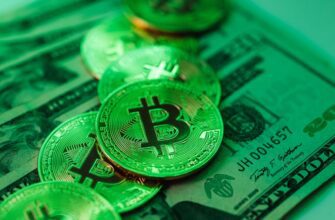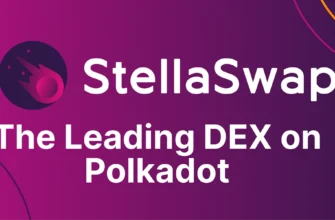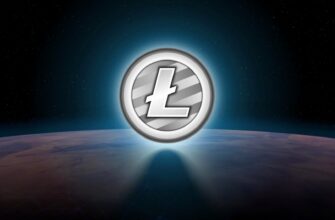- What is XRP?
- How Does XRP Work?
- Key Features of XRP
- Pros of XRP
- 1. Speed and Efficiency
- 2. Low Transaction Costs
- 3. Partnerships with Banks
- 4. Liquidity Solution
- 5. Environmentally Friendly
- Cons of XRP
- 1. Centralization Concerns
- 2. Legal Issues
- 3. Competition
- 4. Limited Use Outside RippleNet
- Is XRP a Good Investment in 2025?
- Conclusion
What is XRP?
XRP is the native cryptocurrency of the Ripple network, a real-time gross settlement system (RTGS), currency exchange, and remittance network created by Ripple Labs Inc. Unlike Bitcoin or Ethereum, which primarily serve as decentralized networks for peer-to-peer transactions or smart contracts, XRP was designed to facilitate fast and low-cost cross-border payments.
Ripple aims to revolutionize traditional banking systems by offering a more efficient alternative to SWIFT — the standard international money transfer protocol. XRP plays a central role in this ecosystem by acting as a bridge currency for international transactions.
How Does XRP Work?
Ripple’s XRP Ledger is an open-source, decentralized blockchain that allows for quick confirmation of transactions — often within 3 to 5 seconds. Rather than relying on energy-intensive proof-of-work (like Bitcoin), XRP uses a unique consensus protocol through a group of trusted validators, making it far more scalable and environmentally friendly.
Financial institutions can use RippleNet, Ripple’s enterprise-grade payment network, to facilitate global transfers, while XRP acts as a liquidity tool for instant currency conversion.
Key Features of XRP
- ⚡ Fast Transactions: XRP can settle transactions in just a few seconds.
- 💸 Low Fees: Transaction costs are extremely low — a fraction of a cent.
- 🌎 Scalable: XRP can handle up to 1,500 transactions per second, significantly more than Bitcoin or Ethereum.
- 🏦 Institutional Adoption: Used by banks and payment providers worldwide through RippleNet.
- 🌿 Eco-Friendly: Uses a consensus protocol instead of mining, reducing energy consumption.
Pros of XRP
1. Speed and Efficiency
One of XRP’s biggest advantages is its transaction speed. Unlike Bitcoin, which can take minutes or even hours, XRP transfers typically settle in less than 5 seconds.
2. Low Transaction Costs
Because of its efficient consensus algorithm, XRP charges very minimal fees, making it ideal for microtransactions and international transfers.
3. Partnerships with Banks
Ripple has established partnerships with over 300 financial institutions globally, including Santander, PNC, and SBI Holdings. This backing from traditional finance adds credibility to XRP’s use case.
4. Liquidity Solution
XRP serves as a bridge between different fiat currencies, reducing the need for pre-funded accounts in cross-border payments.
5. Environmentally Friendly
Unlike Bitcoin or Ethereum, XRP does not require mining. This means it consumes significantly less energy, aligning with global sustainability goals.
Cons of XRP
1. Centralization Concerns
Although XRP operates on a decentralized ledger, critics argue that Ripple Labs controls a large portion of the XRP supply, raising questions about its true decentralization.
2. Legal Issues
Ripple has faced regulatory scrutiny, especially from the U.S. Securities and Exchange Commission (SEC). Legal uncertainty has created price volatility and raised concerns among potential investors.
3. Competition
XRP faces strong competition from other blockchain projects aimed at revolutionizing cross-border payments, such as Stellar (XLM) and newer decentralized finance (DeFi) platforms.
4. Limited Use Outside RippleNet
While XRP excels in cross-border payments, its adoption outside of Ripple’s ecosystem is relatively limited compared to Ethereum or Bitcoin.
Is XRP a Good Investment in 2025?
As of 2025, XRP continues to be one of the top 10 cryptocurrencies by market capitalization. If Ripple resolves its legal challenges and continues expanding its network of banking partners, XRP could see significant growth.
However, potential investors should remain cautious, do their own research (DYOR), and consider the regulatory landscape before investing.
Conclusion
XRP is a unique digital asset designed to solve real-world problems in the global financial system. With fast transaction speeds, low fees, and a strong focus on institutional adoption, it remains a powerful player in the cryptocurrency world.
Yet, like any investment, XRP comes with its own set of risks — from regulatory issues to centralization concerns. Whether you’re a crypto newbie or a seasoned investor, understanding both the pros and cons is key to making informed decisions.








